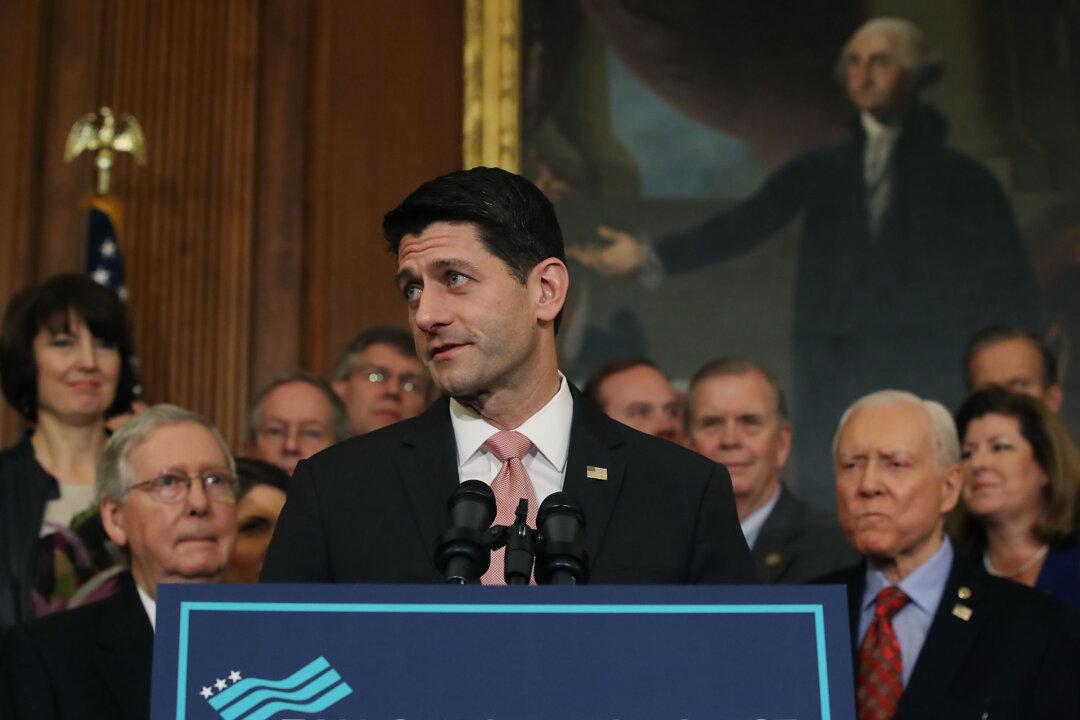NEWS ANALYSIS
While U.S. stock markets soar to record highs after the passing of the Trump administration’s Tax Cuts and Jobs Act, bonds face a rough ride.A perfect storm is building for higher interest rates. How fast rates rise and if they rise for the right reasons—strong economic growth and the accompanying inflation—are key questions for financial markets. The implications are far-reaching—from threatening U.S. stock markets to the Canadian economy and its highly leveraged borrowers.





